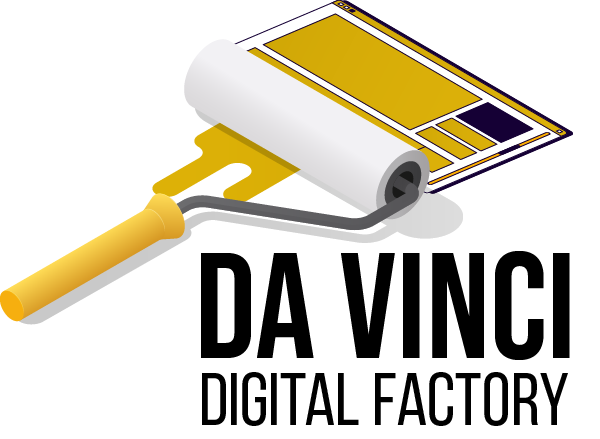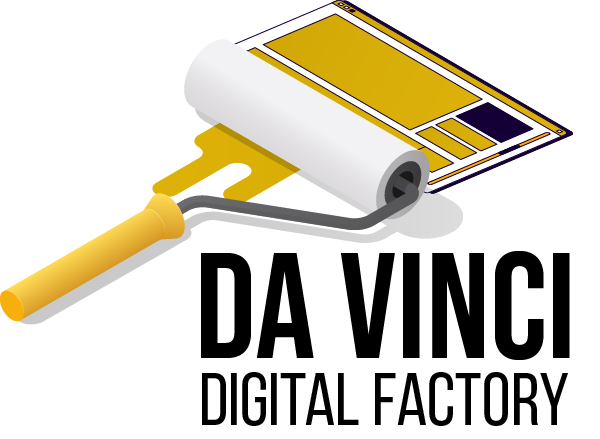Data Layer
Data Layer Informations
Contentes that you will learn in this section:
| What and Why is dataLayer? |
| Advantages of dataLayer |
| What and How kind of information do we collect through DataLayer |
| What is dataLayer Standard on DaVinci? |
What and Why is DataLayer?
The DataLayer is a set of website or user information (anonymous interactions) available as a map of structured information from your application. This map does not necessarily need to contain the entire hierarchy of your system, but rather useful information. For example, a specific product page within the Website may contain the following information (Page Name, Product Category, Product Name, Product Value, and Product Id), as described in the framework below:
Loading a DataLayer page
<script>
dataLayer = [{
'pageName': 'products',
'productCategory': 'Sports',
'productName': 'T-Shirt',
'value': '100.00',
'idProduct': '12345'
}];
</script>
This set of information is centrally stored to be used by the most diverse tools and digital marketing platforms. The information is available on the website/application page, and can be accessed and consumed via Tagging tools, such as Google Tag Manager, and sent to Analytics tools such as Google Analytics and other tools such as Facebook, Google Ads, etc.
Advantages of DataLayer?
- Using a Data Layer allows you to have your default system expose the data, making it easier to track and make changes when needed.
- The guarantee that all data sent by the server will be correctly made available on the Front end (user side) for access via Tag Manager and subsequent sending to various analytical tools.
- Reduction of programming dependency.
What Kind of informations we collect through Datalayer?
We define two scopes for DataLayer, one that brings information from the page the user is accessing and the other for interaction or conversion of the user on the site.
This discrimination is important to understand the nuances of each case and fill the best information in each case and permits further analyses. With this intro, we can define two types: Page; and Interaction/Conversion.
Page:
in this case, the focus is to bring all the information that describes the page, like page title, what kind of page they are in and grants information about the site.
For the page we should have this value-filled on Datalayer:
- brand: "Corona"
- Zone: "SAZ"
- country: "BRA"
- city: “Sao Paulo”
- campaign: ""
- cms: "1"
- event: "pageView"
- language: "en"
- login: false
- pageName: "Home"
- pageType: "Basic page"
- SiteType: ”Brand”
- product: "Corona 230ml"
- sku: "BGC9878"
- userUid: “ajjksd-89-jsdjk”
- url: “https://www.corona.com/en/plastic-reality”
- url_campaign: “corona_cuponmexico”
- Step_number: “step_01”
Click Event ou Generic Event:
In addition to the information contained within a page load, there is the possibility of working with dataLayer in clicks, in some events on the site, or conversion (specific behavior for the user).
In this case, we call on the console an object called dataLayer with all information that permits to identify the interaction.
One simple example is:
dataLayer.push({
'event': 'GAEvent',
'event_category': 'Conten',
'event_action': 'Card',
'event_label': 'Know more',
'component_name': 'Carrossel Card',
'product':'Corona large 330ml',
'sku':'id_12345',
})
What is the Standard Datalayer on Da Vinci?
On Davinci, the standard of datalayers serves to collect the most data of each page or each component created and send to GTM/GA.
All the standard for collecting data has been present on the components being some of them editable through the user according to the necessity.
If you want to check what is implemented check our standard

